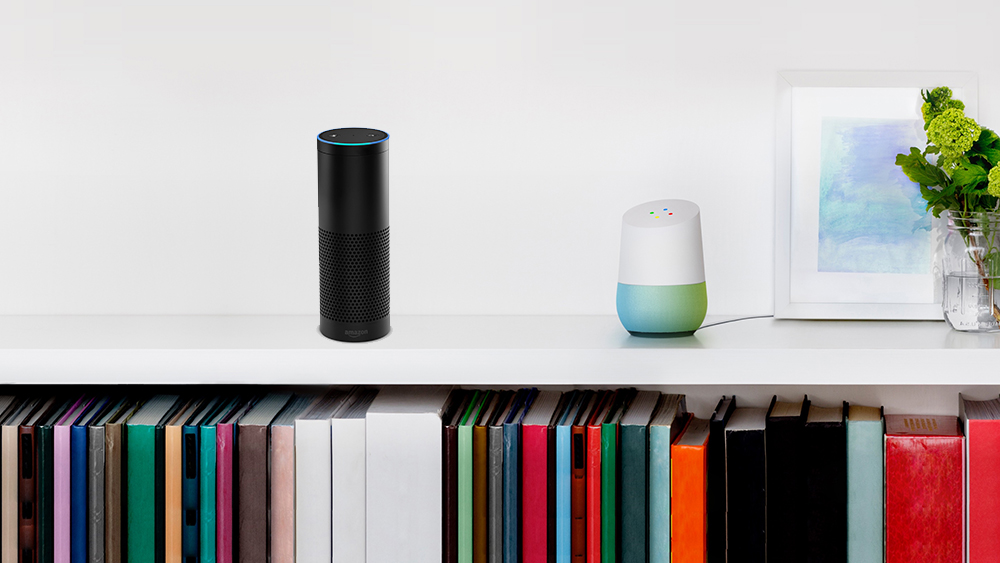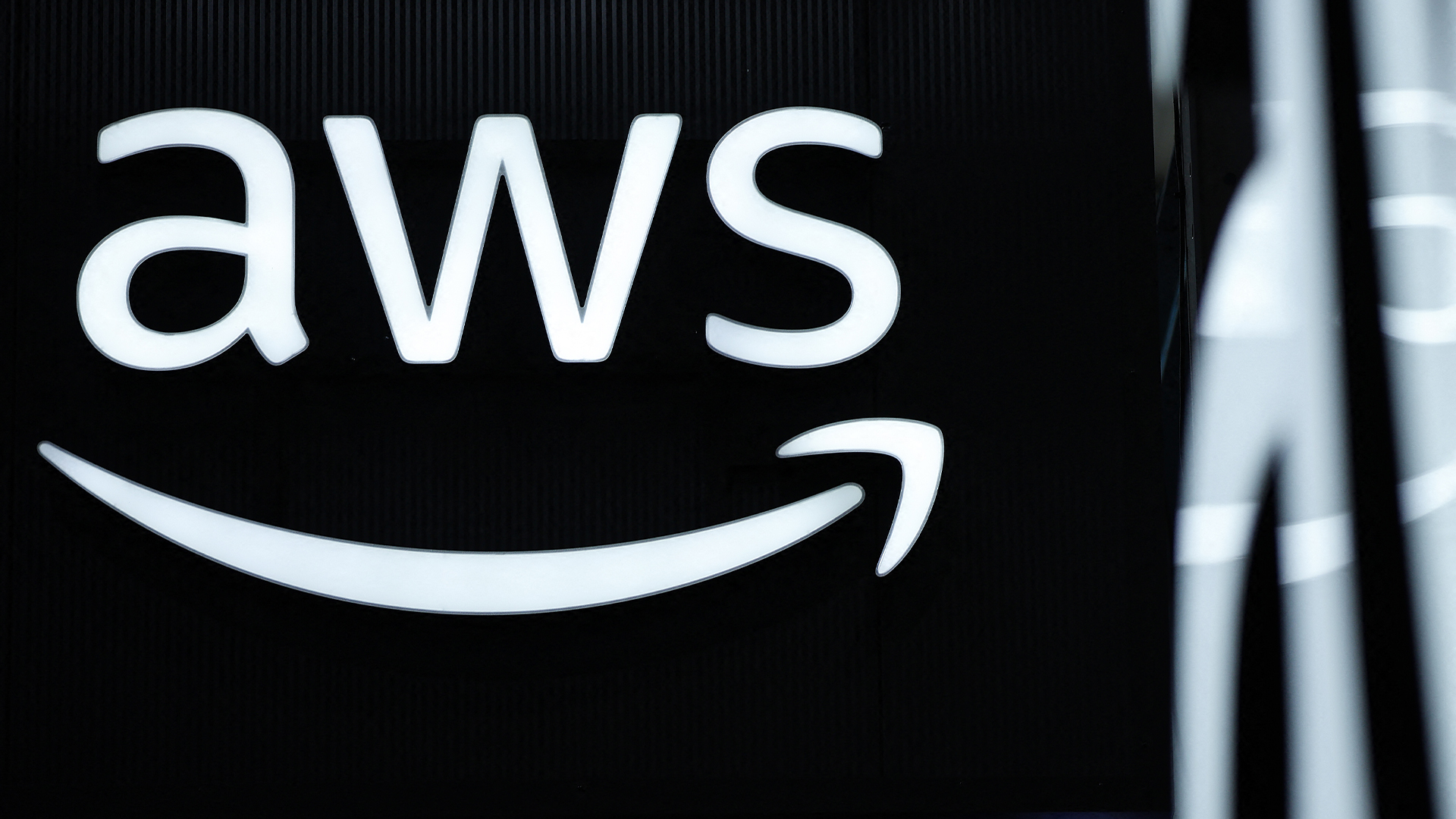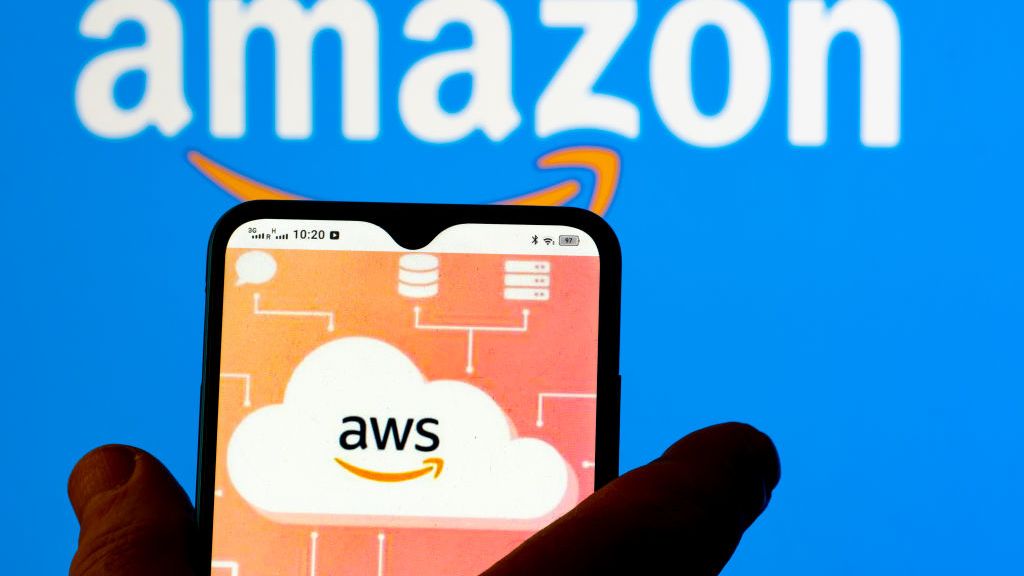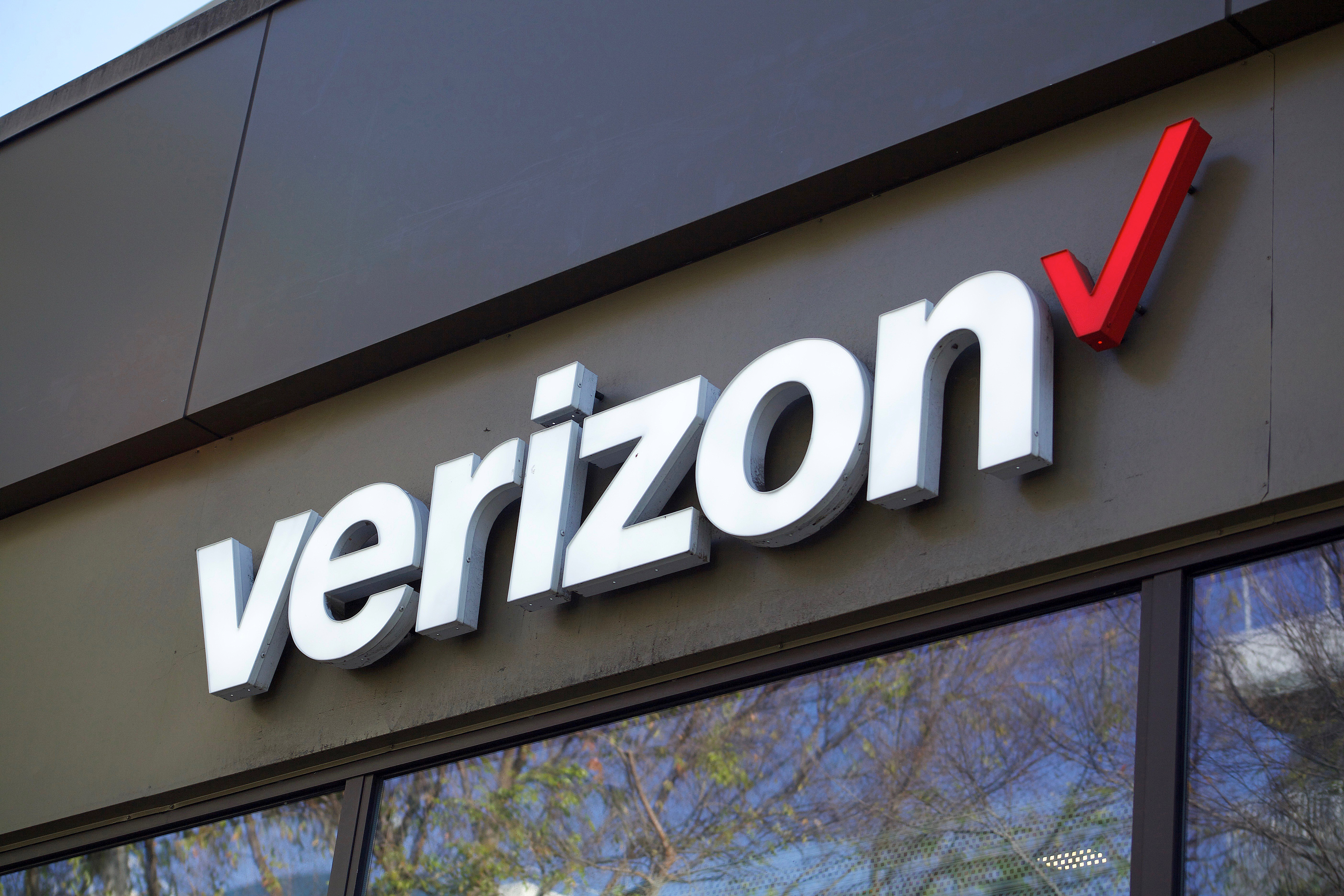Google Home vs Amazon Echo vs Apple HomePod vs Samsung Galaxy Home: Alexa skills blueprints now available to UK users
Amazon make 22 templates available for custom skills


Operating system
The Amazon Echo family is powered by Alexa, an AI core built on AWS' cloud infrastructure. It's essentially a voice-operated digital assistant, but thanks to machine learning algorithms, it's designed to get smarter the more you use it, adapting to your vocabulary, speech patterns, and usage habits.
Google Now has been part of the company's ecosystem for a while now, but it's now been upgraded to become the Google assistant. Like Google Now, it works across the whole Google portfolio, including Android, ChromeOS and the new Google Home. It's designed to respond in a natural, conversational manner to voice queries, and is also powered by cloud-based AI technology.

Apple was the first major company to introduce a digital assistant into its devices, with the launch of Siri. iPhone users can interact with their apps through Siri, and as of recent software upgrades, can also use Siri voice commands to control their Apple TV. This is what underpins Apple's HomePod, allowing users to ask questions, control music playback and interact with HomeKit devices.
At the moment, the Google Assistant is the most useful of the current crop. Not only does it feature a wide range of commands, tasks and integrations with various services, it also understands context, meaning you can string consecutive requests together. On top of that, it's synced across Android, ChromeOS and Google Home devices. However, it loses points for its speech engine, which doesn't sound quite as smooth and fluid as Alexa.
Design
The Amazon Echo family features a number of different Alexa-powered devices. There's the flagship Echo Plus, identical in design to the original Echo, the redesigned Echo, which is smaller than the original with a fabric or wood-effect covering, and the Echo Dot. The company also produces the Echo Show and the Echo Spot, which have displays for tasks like making video calls or displaying news headlines.
The Echo Plus is designed primarily as a connected speaker, and that's what it looks like a smooth cylinder, with a speaker grille around the lower half. Accented by a snazzy ring of blue light around the top, the Echo looks sleek and professional and would be at home in either an office or a bedroom.
The basic Echo looks to have taken some design cues from Google Home, with a more aesthetically-pleasing exterior and a smaller, more compact footprint. The Echo Dot is a smaller and more affordable version, lacking the proper inbuilt speaker seen in the full-size Echo. This is similarly small and unobtrusive and looks like what you'd get if somebody pulled off the top two inches of the Echo.
Sign up today and you will receive a free copy of our Future Focus 2025 report - the leading guidance on AI, cybersecurity and other IT challenges as per 700+ senior executives
Google Home, as the name would suggest, appears much more domestic in its appeal. It's shorter and fatter, with a rounded base and a slanted top. The base is also available in different colours and materials, so you'll be able to customise it depending on your interior decorating tastes.
Google also has a couple of variants of its smart speaker - the smaller Google Home Mini, and the beefy Google Home Max, touted as offering superior audio quality.

Physically, Apple's HomePod is the largest of the three products. It's squat and cylindrical, with a fine mesh covering. In fact, it's been described as 'a Mac Pro with a sock on it', and the two products are eerily similar in size and shape. It's somewhat surprising, considering Apple's design pedigree, that the HomePod is perhaps the least visually arresting of the three devices, and while it's unlikely to look out of place in your boardroom or living room it's not particularly inspiring either.
App integrations
As you'd expect from connected speakers, the Echo devices have great integrations with various music services. Spotify, TuneIn, Pandora and iHeartRadio are all supported, as are both Amazon Music and Amazon Prime Music. They also work with Amazon's shopping platform, allowing users to order products with voice commands or check on the status of an order.
However, Alexa also connects to a host of other third-party applications. The most frequently-cited ones are the ability to order a pizza via Dominos or call an Uber, but you can also use the Echo to check the weather, get the latest headlines, or check what time the big game starts.
Smart home technology is supported too, and the Echo can talk to Internet of Things appliances from the likes of Wemo, Samsung, Nest, Hue and others to perform tasks like turning off the TV or dimming the lights. It's also got the advantage of being an open ecosystem, meaning any developer can create 'skills' for Alexa.
Google Home offers similar integrations, which is no surprise, as Google's ecosystem is one of the strongest around. It features integrations with a range of smart home products and music streaming services like Spotify and Google Play Music, with support for Deezer, Soundcloud and Spotify's free tier coming in a future update.
Its most interesting feature, however, is that it integrates directly with Google's Chromecast devices. This means you can ask it to play videos from Netflix and YouTube on your TV, or have it show details about your calendar schedule on the big screen.

The main service that HomePod is built to connect with is Apple Music, and the company claims that Siri will act as a 'musicologist', intelligently helping you to discover new songs based on your listening habits. However, HomePod will also interact with every HomeKit-enabled device, as well as every app and service that features integrations with Siri.
In practice, all three products work in much the same way to each other. The only real differences are that the Echo connects to Amazon's shopping services, HomePod connects to Apple Music and Google Home can control your TV. Aside from these elements, there's not a great deal to differentiate the three.
Price and release date
Both the Amazon Echo and Google Home are currently available in the UK. The top-end Echo Plus retails for a total of 140 including VAT, while Google Home is slightly cheaper at 129. If you're slightly more budget-conscious, you can also get the smaller Echo for 90 or the slightly less capable Echo Dot for the very reasonable sum of 50. Similarly, you can pick up the Google Home Mini for just 49, although the Max is yet to make it to the UK. Apple's HomePod is, unsurprisingly, the most expensive of the three devices. Retailing on 9 February for the princely sum of 349, it's more than double the price of its two main competitors.
Bobby Hellard is ITPro's Reviews Editor and has worked on CloudPro and ChannelPro since 2018. In his time at ITPro, Bobby has covered stories for all the major technology companies, such as Apple, Microsoft, Amazon and Facebook, and regularly attends industry-leading events such as AWS Re:Invent and Google Cloud Next.
Bobby mainly covers hardware reviews, but you will also recognize him as the face of many of our video reviews of laptops and smartphones.
-
 I couldn’t escape the iPhone 17 Pro this year – and it’s about time we redefined business phones
I couldn’t escape the iPhone 17 Pro this year – and it’s about time we redefined business phonesOpinion ITPro is back on smartphone reviews, as they grow more and more intertwined with our work-life balance
-
 The gig economy: Past, present, and future
The gig economy: Past, present, and futureFeature The rise of the gig economy represents a new era of flexible working despite being plagued with controversies
-
 AWS targets cloud resilience and AI networking gains with new 'Fastnet' subsea cable
AWS targets cloud resilience and AI networking gains with new 'Fastnet' subsea cableNews Fastnet is set for deployment in 2028 and will link Maryland and County Cork with a line offering more than 320 terabits per second
-
 AWS eyes ‘flexible’ data center expansion with $11bn Georgia investment
AWS eyes ‘flexible’ data center expansion with $11bn Georgia investmentNews The hyperscaler says the infrastructure will power cloud computing and AI growth
-
 How to build a global data center strategy
How to build a global data center strategyWhitepaper Seven considerations in a global data center strategy
-
 AWS launches Australia's first local zone for low-latency workloads and data residency
AWS launches Australia's first local zone for low-latency workloads and data residencyNews The company is aiming to help customers who need infrastructure closer to their data sources or end-users
-
 AWS plans to be 'water positive' by 2030
AWS plans to be 'water positive' by 2030News A number of projects will seek to improve groundwater replenishment, efficiency, and overall sustainability
-
 Amazon signs launch deals with Arianespace, Blue Origin and United Launch Alliance for Project Kuiper
Amazon signs launch deals with Arianespace, Blue Origin and United Launch Alliance for Project KuiperNews The retail giant has secured up to 83 rocket launches with the trio to deploy a bulk of its 3,262-satellite constellation
-
 AWS to invest £1.8bn in UK data centres and other cloud infrastructure
AWS to invest £1.8bn in UK data centres and other cloud infrastructureNews The cloud giant's investment will contribute to new data centres amid market growth across the country
-
 Verizon and Amazon partner on enterprise connectivity solutions
Verizon and Amazon partner on enterprise connectivity solutionsNews The collaboration links Verizon’s terrestrial mobile network with Amazon’s LEO satellite network
